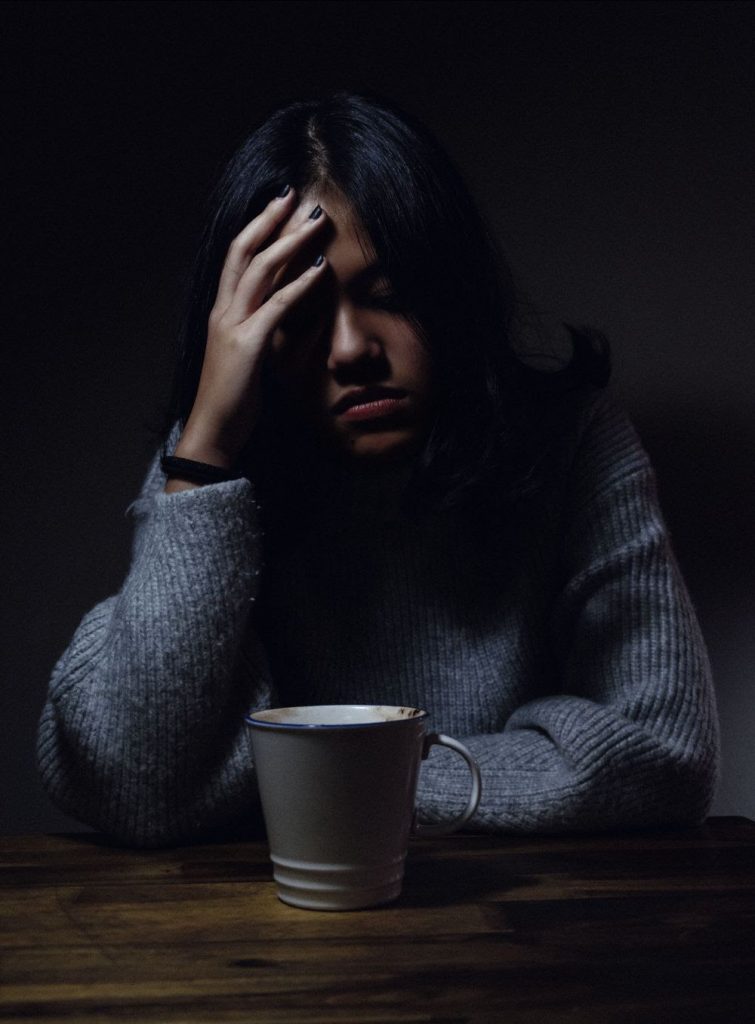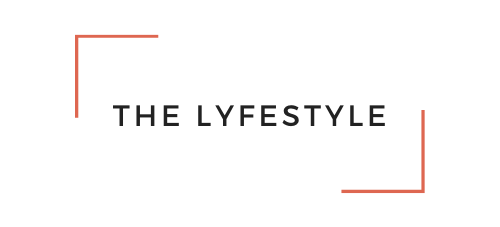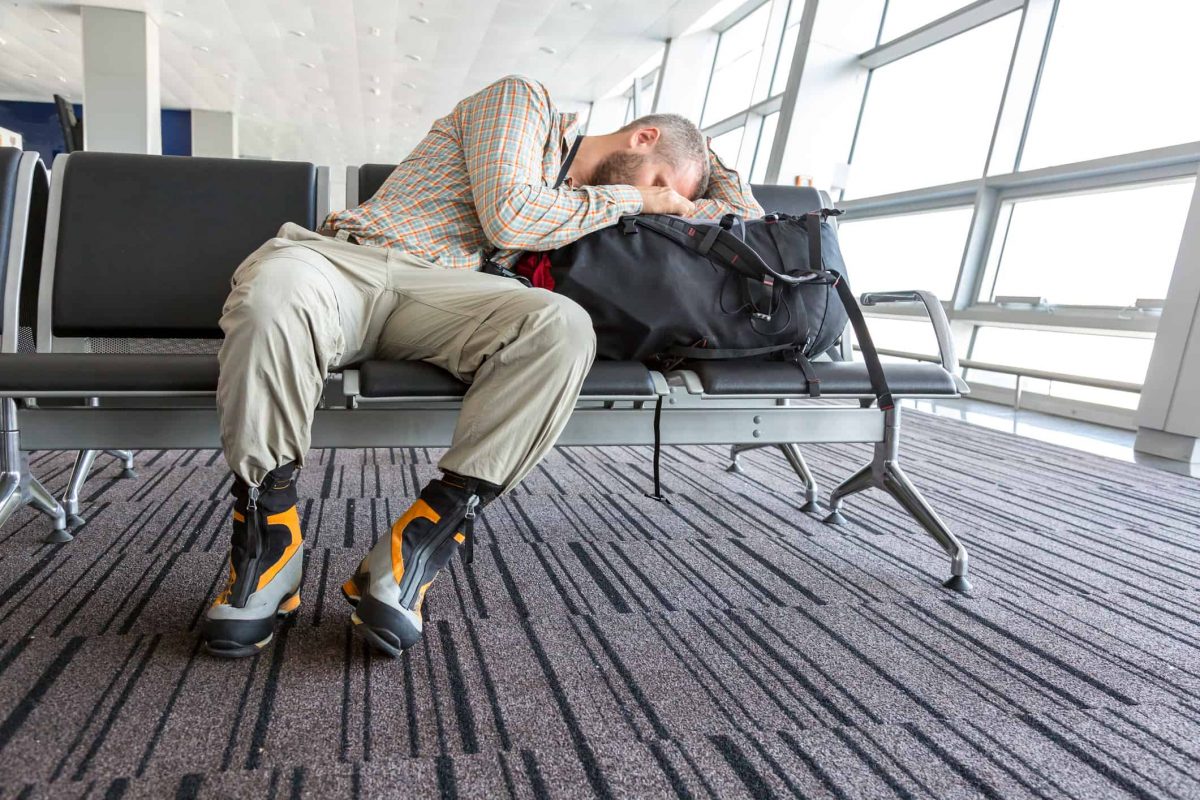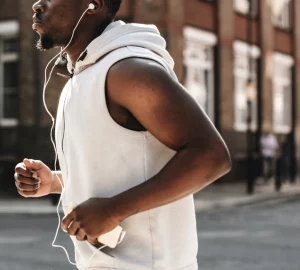The world is finally opening up which for many of us means finally hopping on a plane (maybe for the first time in two years!) to relax, recharge, and destress. If you haven’t read our blog on the importance of taking a real vacation, check it out here.
Of course with travel comes jet lag, which if not managed properly, can make you feel awful and can be detrimental to your health. The good news is, there are some simple strategies you can implement both ahead of time and during your trip to help mitigate the symptoms so you can make the most out of your vacation.
But first, what is jet lag?
If you’ve been with us for a while, you’ve heard us talk about circadian rhythm. Your circadian rhythm is your internal biological clock that regulates sleep, eating patterns, mood, and hormone regulation at different phases of the day. Among other things, your circadian rhythm ensures that:
- Melatonin secretion peaks at night, and decreases throughout the day
- Cortisol levels peak in the morning, and decrease throughout the day
- Core body temperature is lowest in the middle of the night and rises throughout the day
- Clock genes promote activity in the daytime and recovery during the night
Rapid travel across time zones causes a temporary misalignment between this internal clock and external cues, such as light exposure. Jet lag throws our internal rhythm out of sync with your external environment, leaving us with numerous unpleasant symptoms including insomnia, fatigue, loss of appetite, depressed mood, and decreased physical and mental performance. The more time zones we cross, the worse our jet lag is likely to be. All of that to say that jet lag seriously messes with our physical, mental and emotional wellness.

So how can you minimize these unpleasant symptoms so you can focus on what matters and actually enjoy your vacation? Here are our top five tips:
1. Time your light exposure. When the sun goes down at night, melatonin is secreted by the pineal gland, causing us to feel sleepy. Bright light exposure will inhibit the release of melatonin (which is why exposing your eyes to light from devices late at night is so detrimental to your sleep!). Therefore, one way to adjust your internal 24-hour clock is to expose yourself to light at strategic times of the day.
Light exposure in the morning will advance your circadian rhythm (you’ll sleep earlier), while light exposure in the evening will delay it (you’ll sleep later). To time your light exposure, you’ll need to take into account if you’re travelling westward or eastward, and then make a plan from there. Eastward travel generally causes difficulty in falling asleep as your body is behind the local time zone, whereas if you’re travelling westward your body is ahead of the local time zone.
If you are travelling eastward, try advancing your sleep time by one hour per night three days prior to travel, and expose yourself to bright light upon rising. When you arrive at your destination, advance your rhythm by exposing yourself to morning and afternoon light and avoiding evening light at your destination.
If you are travelling westward, try delaying your sleep time by one hour per night three days prior to travel. When you arrive at your destination, delay your rhythm by exposing yourself to evening light and avoiding exposure in the early morning.
2. Melatonin. While we don’t recommend taking exogenous melatonin on a regular basis, taking a small dose for a few days to help adjust to a new time zone is okay. Exposure to bright light coupled with melatonin use at the right time has been effectively shown to alleviate jet lag by synching our bodies to destination time faster.
Our melatonin levels are highest in the late evening. Taking melatonin in the afternoon and early evening causes phase advance (you get tired sooner), while taking it in the late night or early morning causes phase delay (you get tired later). Similar to light exposure, be aware of your travel path (eastward or westward) as you prepare for your trip. If you do want to take melatonin there are a few things to keep in mind:
- We recommend only taking 0.5-1mg at a time. Most over the counter pills have a higher dose than we’d recommend so we suggest cutting the pills in half or as appropriate.
- While taking melatonin may help with jet lag or falling asleep, possible side effects from melatonin include daytime sleepiness, dizziness, headache, and loss of appetite.
- The effects of melatonin can last for up to 6 hours, so don’t take melatonin before you start a work shift, are driving, or are operating machinery.
- It’s always advised to talk to your doctor before taking it.

3. Optimize your caffeine consumption. While jet lag can make it very difficult to fall asleep according to the local time, it can be almost as difficult to stay awake during the day. Stimulants, namely caffeine, have been suggested to alleviate daytime sleepiness, and have shown positive effects in circadian resynchronization when used in combination with melatonin. However, you need to properly structure your caffeine consumption to optimize your health and performance. Here are a few things to keep in mind:
- Slow-release caffeine might improve resynchronization faster than fast-release caffeine. So consider the type of caffeine you ingest during the day. Tossing a thermos of green tea (slow-release) in your bag for sipping throughout the day can help in reducing travel fatigue and help set you up for a night of sleep.
- You should consume no more than 200mg of caffeine per day (about 2 10-oz coffees or 2 cups of black tea).
- Caffeine stays in your system for a long time. So avoid caffeine at least 6 hours before you’d like to be asleep.
- Watch out for sneaky sources of caffeine such as chocolate, energy drinks, and even certain medications.
4. Exercise. In addition to boosting your physical and mental energy, physical activity can actually help adjust your circadian rhythm, especially if it coincides with bright light exposure. Even gentle exercise (such as a walk) in the morning of a new time zone may be effective in synchronizing your internal rhythms to the local time faster. While exercise might be the last thing you want to do if you’re tired from travelling, it will help you adjust to the new time zone faster and set you up for a great vacation. If you can do your exercise outside, even better!
5. Proper nutrition and hydration. Symptoms of jet lag and travel fatigue are not just due to changes in our circadian rhythm. They can also come about from dehydration and poor diet that accompany travel. Here are a few tips to improve your nutrition and hydration during travel:
- Even in a pressurized cabin, we experience significant fluid loss, and accompanied loss of electrolytes, while flying. When on a flight, make sure you’re drinking 1-2 cups of water per hour with electrolytes (rather than tea, coffee or alcohol). Tip: Bring a refillable water bottle if you can! When at your destination, rehydrate with non-alcoholic drinks (water with electrolytes).
- Poor nutrition is a regular occurrence when travelling due to irregular meal schedules and limited food availability on planes and in airports. Bring healthy snacks on the plane (apples, cut up veggies, whole grain crackers, etc.). What you’re allowed to bring on the plane depends on your destination and the airline so make sure to check that before you fly.
- Adjust to the local time meal schedule once you arrive in the new time zone. If you have to eat something close to bedtime, avoid a big meal high in fat, fibre, or protein, instead favouring fruits and vegetables.
Vacations are meant to be relaxing and it can be hard to do that when you’re fighting symptoms of jet lag for the first few days. However, if you plan ahead of time and take the proper precautions once you’re there, you can minimize symptoms of jet lag as much as possible and set yourself up for a great trip. Even if you don’t have a trip lined up right now, keep these tips in mind for your next vacation.
Author Bio
Greg Wells is the CEO and founder of Wells Performance, a global consulting firm on a mission to elevate how we live our lives at work and in life. He has worked with some of the highest-performing individuals on the planet, including Olympic and world champions and elite organizations including General Electric, BMO, Deloitte, KPMG, BMW, Audi, Sysco Foods, YPO and Air Canada. He is also committed to inspiring children and young adults, working with school boards and independent schools around the world.









